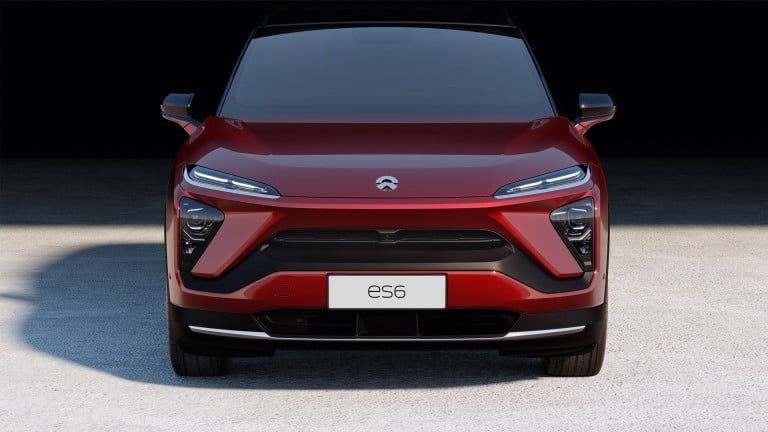China has zoomed ahead of other nations in the electric-vehicle market, selling more last year than all other countries combined. According to a report released today by Columbia University’s Center on Global Energy Policy, the nation is also racing ahead in building the infrastructure needed to support those vehicles, as the government seizes on the technology as its chance to leapfrog the global auto market.
The numbers: China now boasts 808,000 EV chargers, well ahead of the roughly half a million in the US, according to the new report. The figures reflect a similar gulf between electric vehicles on the road in the two nations, at 2.6 million versus 1.1 million.
Where China is really pulling ahead, however, is public charging stations. At the end of 2018, the nation had built 330,000 charging points at some 70,000 stations, compared with 67,500 points at 24,000 stations in the United States, where the overwhelming majority of EVs chargers are located in homes.
What’s driving the discrepancy? For starters, China is a larger auto market, with a much larger population than the US. But the central government has also been doing far more to support the emerging electric-vehicle industry, including subsidizing sales, exempting the vehicles from license plate restrictions, and providing extra help to leading makers of electric cars and the batteries that power them. (See “China’s ambition to power the world’s electric cars took a huge leap forward this week.”)
But a fundamental chicken-and-egg problem must be reckoned with to get the industry off the ground in any nation: there need to be enough charging stations to convince consumers to buy the cars, but there also need to be enough cars on the road to justify the expenditures on such stations. The report’s authors note that China faces added challenges, as well. A large portion of its population lives in homes without dedicated parking spots, and regulations mean it can take months to get home chargers installed.
So the Chinese government has also promoted the development of public charging networks through funding, technology standards, and targets, according to the report. Specifically, China’s State Council has called for the development of enough charging infrastructure to support some 5 million EVs by 2020.
On the other hand … : The US government has provided tax incentives to encourage EV purchases, and a handful of states and cities have offered tax rebates and other financial tools to support the installation of charging equipment. But on the whole, the federal government “plays a minor role” in the development of public EV charging infrastructure, the report states.
The risk for the US, of course, is that over time these contrasting policy priorities could give China a large and growing advantage in what could become the defining vehicle technology in the years ahead.

